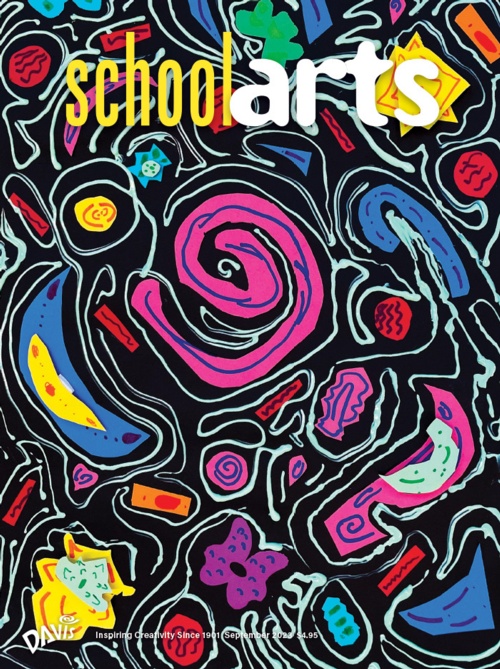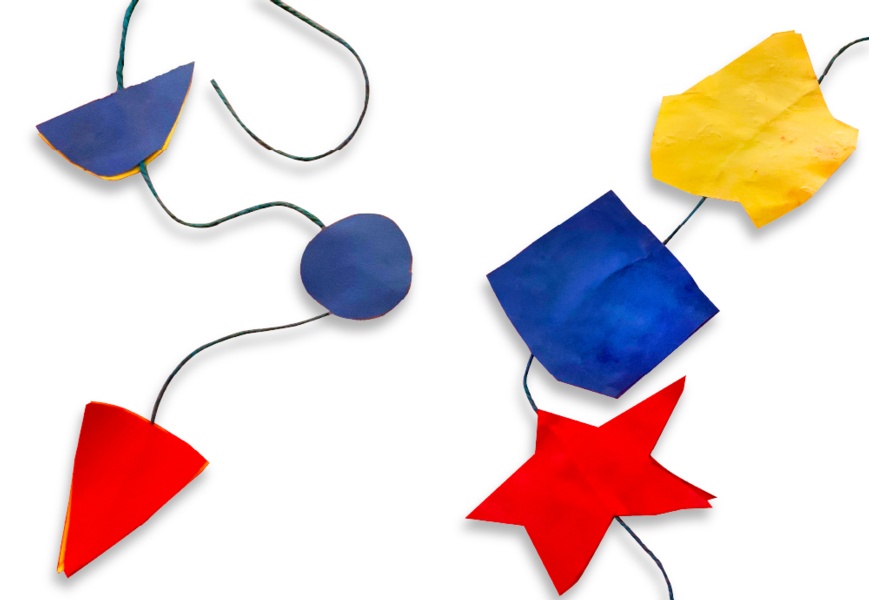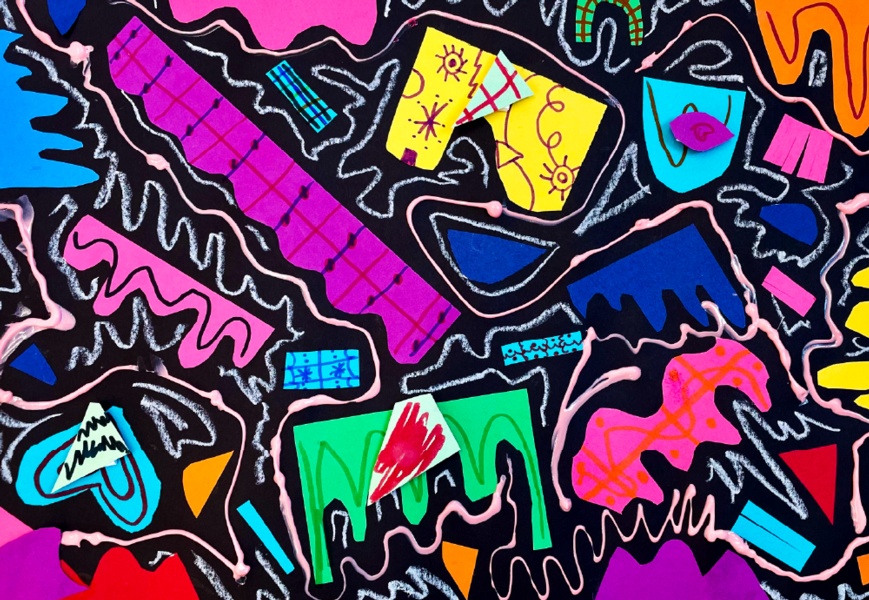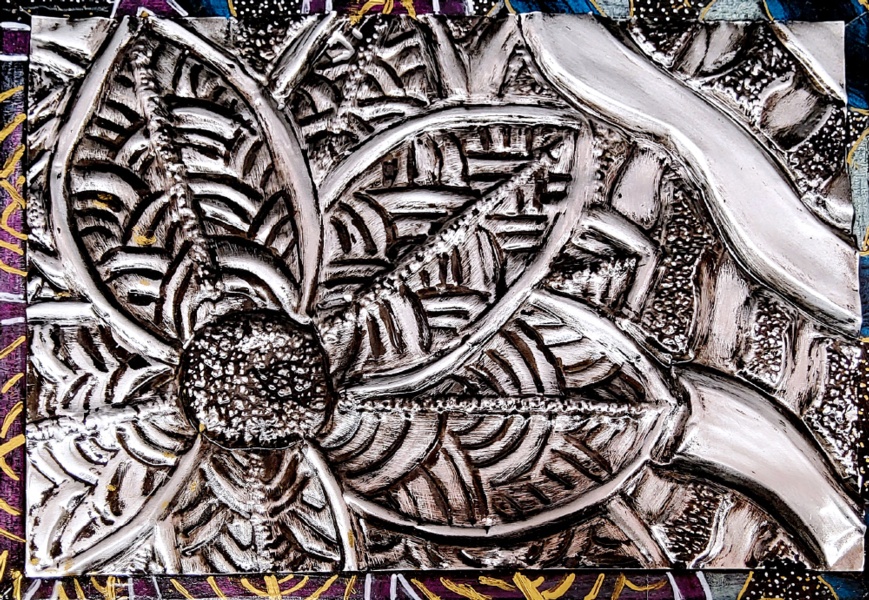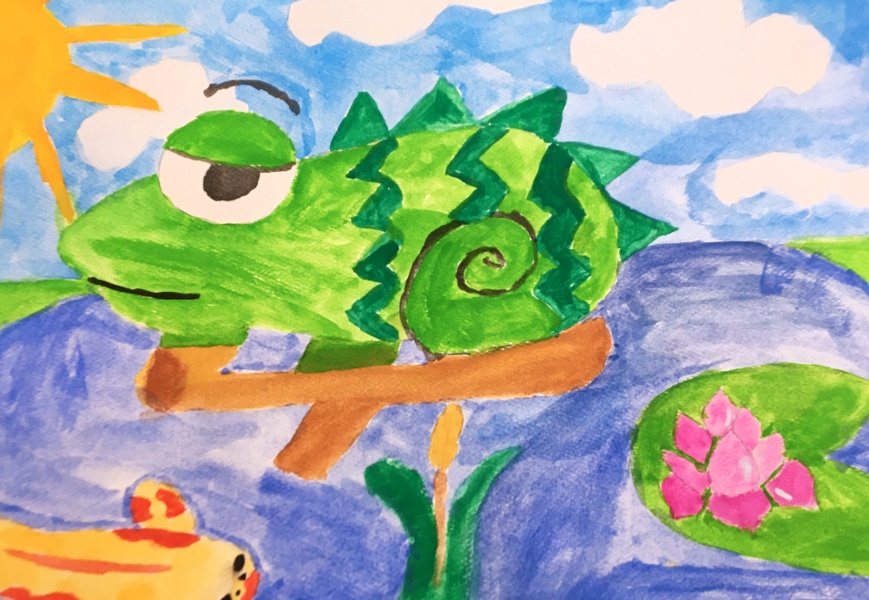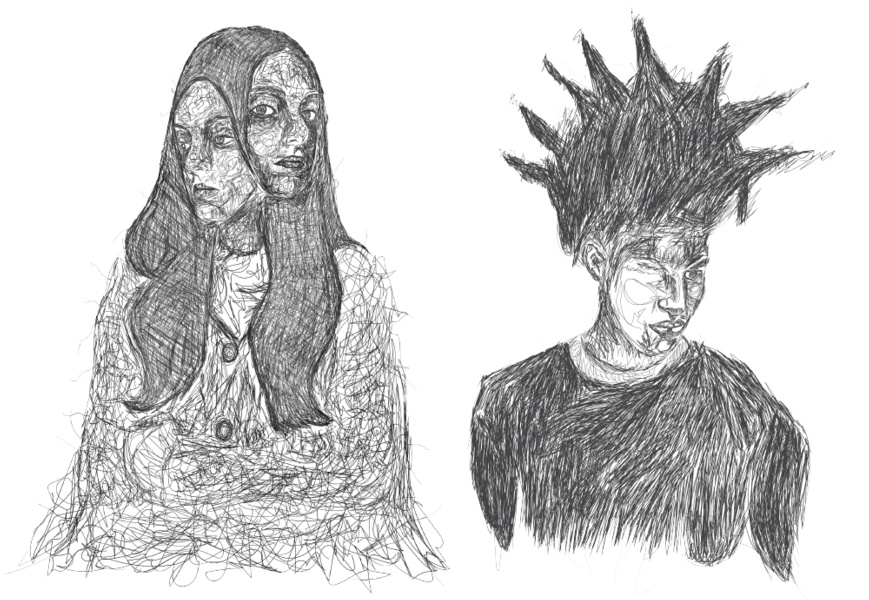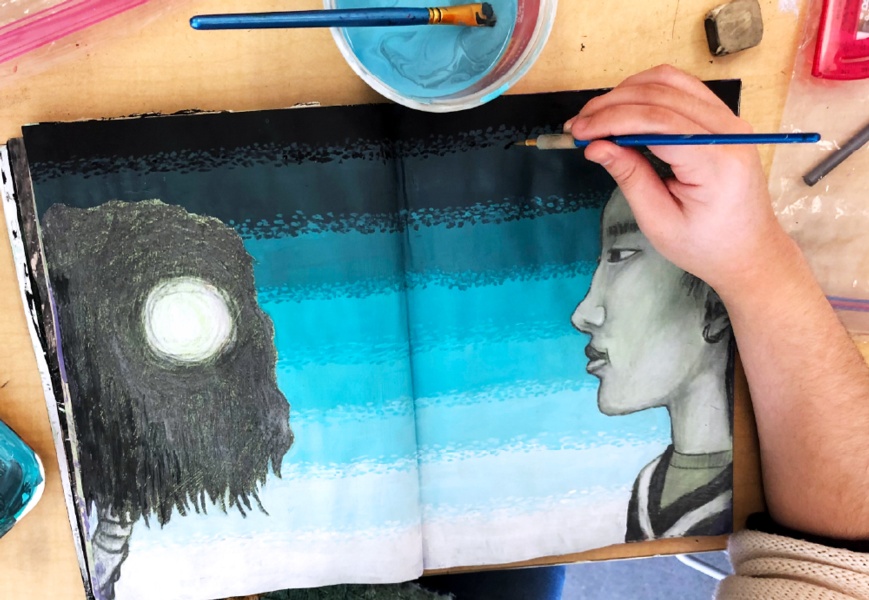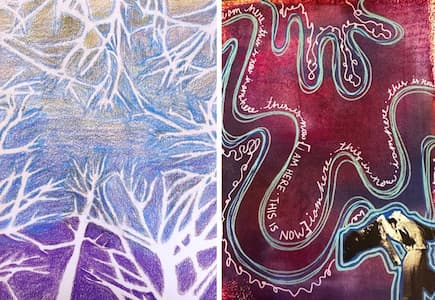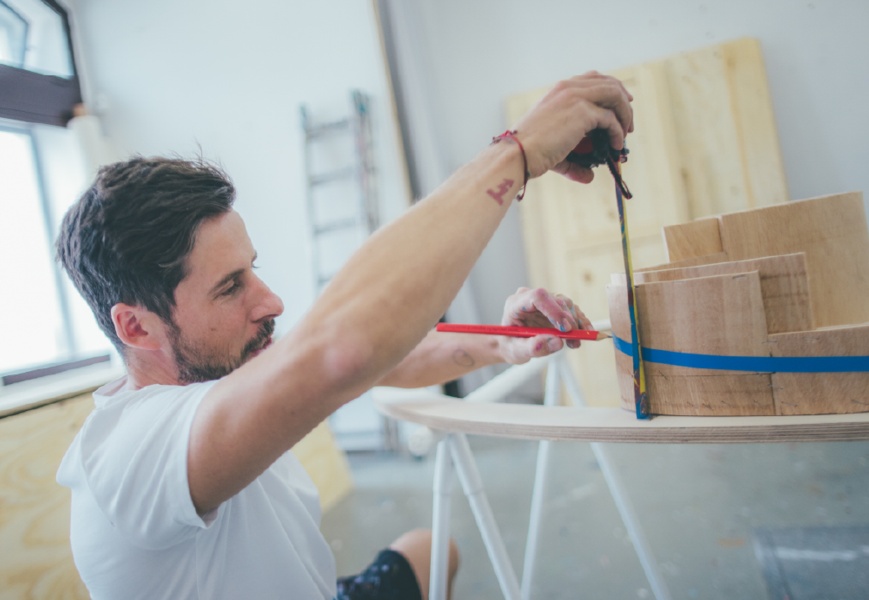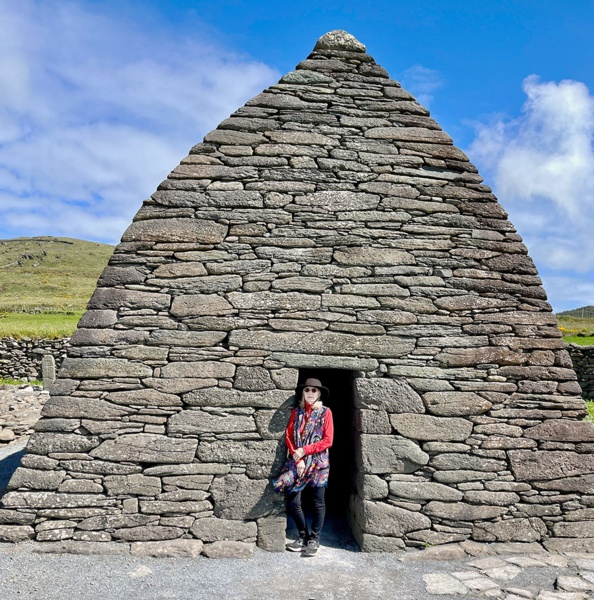
Editor’s Letter: Groundwork
What is the bedrock of your curriculum? Upon what foundations do you build your art program? No doubt these questions are on your mind with the start of a new school year. You may want to start with themes or Big Ideas, review past concepts, media, or techniques, or introduce unexpected or novel ideas. No matter what you choose to do, you want to capture and sustain your students’ attention and engagement. The lessons we share this month are chosen with those goals in mind.
Read Article
